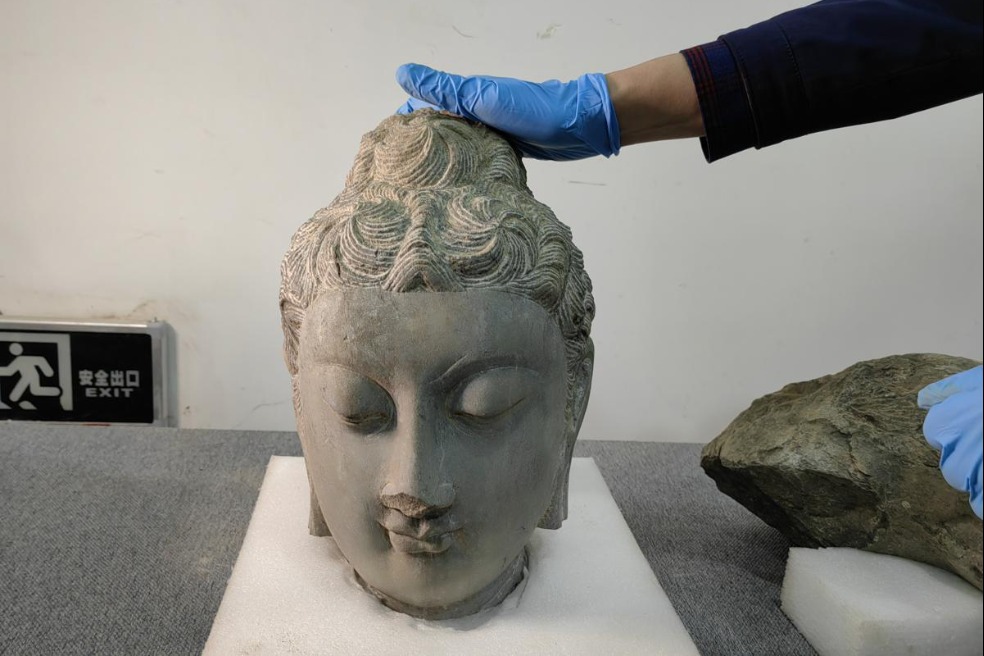Study identifies disease-resistant gene in maize
Xinhua | Updated: 2019-10-08 13:55
JINAN - Banded leaf and sheath blight (BLSB) is a fungal disease leading to low yields in maize. Chinese researchers have identified a gene conferring resistance to BLSB in maize, providing insight into developing disease-resistant crop varieties.
BLSB in maize is caused by Rhizoctonia solani (R. solani), a plant pathogenic fungus with a wide host range. The soil-borne fungi can attack crops like rice and maize, making the plant rot and fall over.
Through a genome-wide association study, researchers from Shandong Agricultural University and Huazhong Agricultural University grew maize affected by R. solani and compared the lesion length after five days.
According to the report published in the journal Nature Genetics, the researchers analyzed 318 maize samples with BLSB and found a gene called ZmFBL41 is linked to the disease.
They also found that two amino acid substitutions in ZmFBL41 can make maize accumulate more lignin and restrict the spread of lesions. Lignin is a complex organic polymer in the cell walls of many plants, making them rigid.
The researchers said their study revealed the mechanism of how R. solani targets plant cell walls for invasion and provides insight into developing R. solani-resistant crop varieties.
























